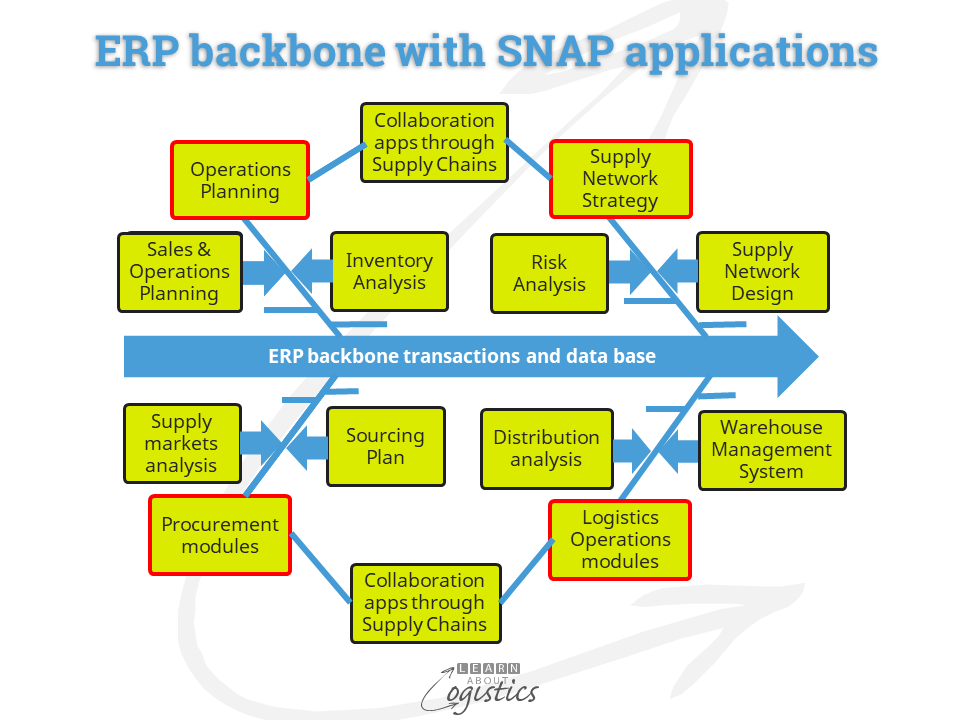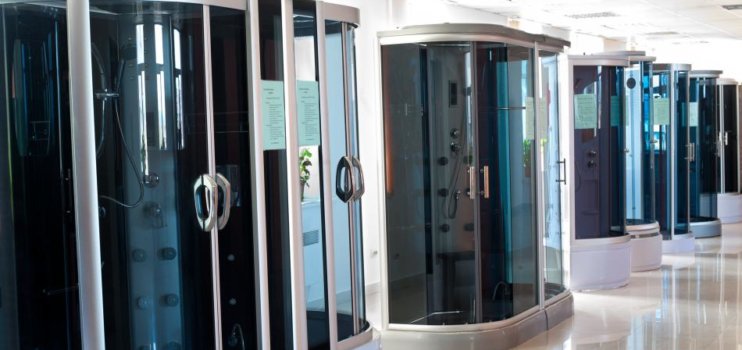Supply Chains IT decisions
Like all technologies, Cloud computing services have good and not so good features. However, the common perception is that operating within a Cloud environment is always cheaper than the same functions undertaken on-premises. But this is only correct under certain conditions.
Although IT decisions in organisations are typically driven by the IT department, about 70 percent of corporate data is generated or used by the Supply Chains group (Procurement, Operations Planning and Logistics), therefore this group should have a seat at the IT decision table. This is important because some forecasts estimate that by 2025, nearly fifty percent of IT applications designed for supply chains will be implemented in the Cloud.
Supply Chain professionals will therefore be involved in the decision, but from a different perspective. The IT department is interested in the time to achieve a return on investment (ROI); the ease to increase scale and software update regime. For Supply Chains professionals they need to know about data storage, bandwidth available and support.
Also, as Cloud costs vary by use, volumes of data will need to be forecast for specific applications, to account for surges events such as seasonal and holiday demands. Who will be responsible for (and signs off) data forecasts for supply chains? When and how and by whom will the analysis work be done?
Costs for Cloud based supply chains applications
The major Cloud services providers offer similar basic features and their charges are also similar. It is a ‘pay as you go’ model for usage and also for everything else; although each offering is difficult to compare on a ‘like for like’ basis. This is similar to consumer services for undifferentiated products, such as utilities, mobile phone contracts and health insurance, where multiple ‘plans’ can confuse and therefore reduces customer ‘churn’, because changing is too hard.
Too often, proponents of Cloud services assume that an organisation’s total IT will be done in the Cloud; but this is not required. The two main groups of customers are a full-service using Cloud services, called Infrastructure as a Service (IaaS) and Software as a Service (SaaS) when accessing only software applications. For the Supply Chains group that is focussed on using specific Supply Network Analysis and Planning (SNAP) applications, the selection consideration should be towards SaaS.
One of the charges incurred by an organisation is the cost of storage, but of more importance to the Supply Chains group is the associated risks. One is ‘exit risk’ from the Cloud services provider. As a major aim is to keep customers paying, service providers will be reluctant for customers to leave. It is therefore in the providers interest to delay the return of data and to levy high charges for the work to return data.
Location of supply chains data
For this reason, supply chains data should remain on-premises and the data transferred on a ‘need to know’ for Cloud based SaaS supply chain applications. This approach is aided by on-premises storage technology called ‘software defined storage; (SDS), which is an architecture that separates storage software from the hardware, allowing scalability at lower cost. SDS is a software layer between the physical storage and the data, controlling storage requests. The SDS controller software provides connectivity to devices, networking and storage access services, including the provision of data into a Cloud service.
Using the SaaS model, but with data storage remaining on-premises, provides leverage to re-negotiate a contract if, to increase their revenue, an application software provider changes the basis of charging.
Cost for Bandwidth used can be an important element in Cloud charges, depending on the volume of data being transferred to the Cloud services provider. The data transfer rate is also a consideration if the latency for the ‘data input to response’ time is important. However, the Bandwidth charges can be reduced by the data collection activities remaining on-premises and linked to the data storage facility.
As Supply Chain data will increasingly be collected from sensors and instruments, Edge computing capability is required to be the buffer between data collection devices, SDS controlled hardware and Cloud services. This allows the data generated at a transaction to become information which can be stored and used. An earlier blogpost discussed Edge computing and the associated 5G/0G communications.
When your organisation elects to supply data for a Cloud based SaaS application to analyse, the importance of support services from a Cloud services provider is reduced, as the responsibility moves to the software provider.
Total cost of Ownership (TCO)
Companies need to articulate their need for Cloud services and the potential costs and benefits. One approach is to view the system as a hybrid – that is a fishbone structure as shown in the diagram.

Core data is kept in-house for the existing ‘line of business’ ERP type system(s). Also, SNAP applications that are used for planning (e.g. Sales & Operations Planning – S&OP) are kept on-premises. However, SNAP applications used to analyse data can be undertaken via Edge computers and Cloud services, with the data preferably viewed by the application, but not stored.
To calculate an accurate TCO, identify the current on-premises costs plus additional costs to be expected from using the Cloud. With this, the accountants will try to estimate a return on investment (ROI).
Requirements
- Capacity required in data volumes and storage
- Communications need and speeds
- Organisation change and people transfer, hiring and training
- Support: type, level and duration
Costs
- Consulting services
- On-premises application licences and support, plus Cloud software applications
- Software evaluation, selection, start-up, implementation and administration
- People (internal and external contract)
- IT hardware and communications purchase/lease and support
In addition to the TCO, an attempt should be made to identifying the value associated with each cost, whether as cost savings, improvement in flows through supply chains, or flexibility in planning for end user or supply markets. There is also the potential for a change in processes, which may affect ‘how we do things’ and develop into resistance. Actions to avoid this needs to be identified.

